
Carthage: Where Ancient History Meets Mediterranean Charm
Discover Carthage in Tunis: A captivating blend of ancient ruins, stunning Mediterranean views, and rich cultural heritage.
Carthage, nestled in the suburbs of Tunis, Tunisia, is a mesmerizing blend of ancient history and vibrant modernity. Once a powerful city-state and the heart of the Carthaginian Empire, this neighborhood now offers a fascinating journey through time. Wander through the ruins of what was once one of the most influential cities in the ancient world, and feel the echoes of a bygone era in every corner. Begin your exploration at the Carthage National Museum, where a trove of artifacts provides a window into the past. The Byrsa Hill, the ancient citadel, offers panoramic views and a deep dive into the city's storied history. Don't miss the Antonine Baths, one of the largest Roman bath complexes, showcasing the grandeur of Roman engineering and architecture. Carthage is not just about history; it also offers a delightful Mediterranean ambiance. Stroll along the picturesque coastline, savor local Tunisian cuisine at seaside cafes, and enjoy the serene beauty of this coastal gem. Carthage is a perfect blend of the ancient and the modern, making it an unmissable destination for any traveler.
Local tips in Carthage
- Visit the Carthage National Museum early to avoid crowds and enjoy a more relaxed experience.
- Wear comfortable shoes, as exploring the ruins involves a lot of walking.
- Bring a hat and sunscreen, especially in the summer, as there is minimal shade at the archaeological sites.
- Hire a local guide for a more in-depth understanding of the historical sites.
- Combine your visit with a trip to the nearby Sidi Bou Said village for a full day of exploration.
Carthage: Where Ancient History Meets Mediterranean Charm
Carthage, nestled in the suburbs of Tunis, Tunisia, is a mesmerizing blend of ancient history and vibrant modernity. Once a powerful city-state and the heart of the Carthaginian Empire, this neighborhood now offers a fascinating journey through time. Wander through the ruins of what was once one of the most influential cities in the ancient world, and feel the echoes of a bygone era in every corner. Begin your exploration at the Carthage National Museum, where a trove of artifacts provides a window into the past. The Byrsa Hill, the ancient citadel, offers panoramic views and a deep dive into the city's storied history. Don't miss the Antonine Baths, one of the largest Roman bath complexes, showcasing the grandeur of Roman engineering and architecture. Carthage is not just about history; it also offers a delightful Mediterranean ambiance. Stroll along the picturesque coastline, savor local Tunisian cuisine at seaside cafes, and enjoy the serene beauty of this coastal gem. Carthage is a perfect blend of the ancient and the modern, making it an unmissable destination for any traveler.
Iconic landmarks you can’t miss
Sidi Bou Said
Discover the charm of Sidi Bou Said, a stunning Mediterranean village with breathtaking views, vibrant flowers, and a rich cultural heritage.
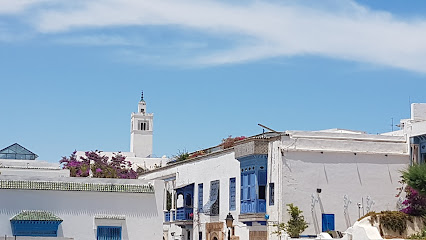
Kobba Bent el Rey
Discover the ancient wonders of Kobba Bent el Rey in Carthage, Tunisia, where history and stunning architecture come together to create an unforgettable experience.
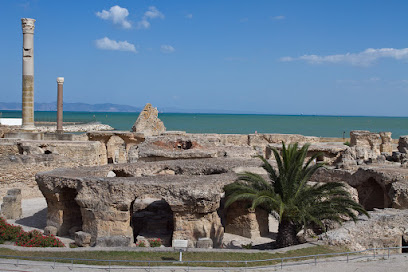
Site archéologique Carthage
Discover the timeless allure of Carthage, where ancient ruins whisper tales of a glorious past against the stunning Mediterranean backdrop.
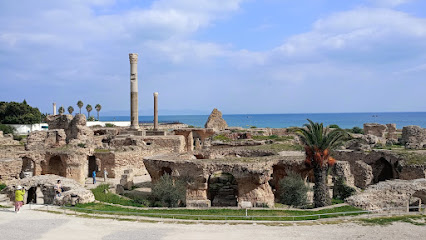
Baths of Gargilius
Uncover the elegance of Roman architecture and the rich history of the Baths of Gargilius in Carthage, a true gem for history enthusiasts.
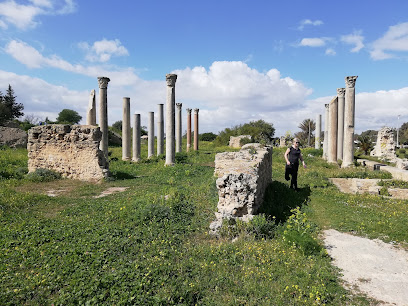
City panorama platform
Experience stunning views of Carthage and the Mediterranean at the City Panorama Platform, a breathtaking vantage point for tourists exploring Tunisia's rich heritage.

Ancient punic living quarters
Discover the Ancient Punic Living Quarters in Tunisia, where history comes alive through the remnants of an ancient civilization's daily life.
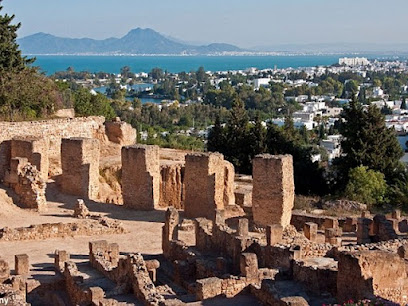
The Rotunda of Damous El Karita
Explore the enchanting Rotunda of Damous El Karita, a stunning historical landmark in Carthage, revealing the beauty of ancient Roman architecture.
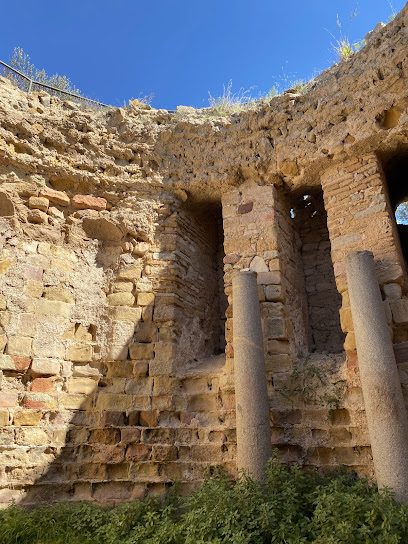
Lovers Spot
Experience the serene beauty of Lovers Spot in Carthage, a scenic oasis perfect for romance, relaxation, and unforgettable memories.
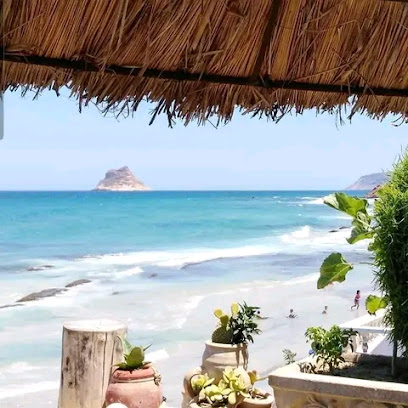
Roman Columns
Explore the iconic Roman Columns in Carthage, a stunning historical landmark showcasing ancient Roman architecture and breathtaking Mediterranean views.
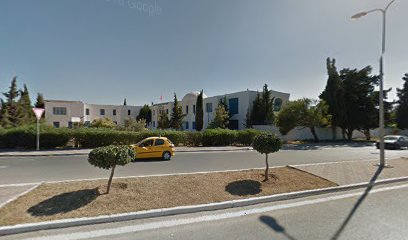
Carthage
Explore the rich history and breathtaking ruins of Carthage, an ancient marvel on the Mediterranean coast of Tunisia.
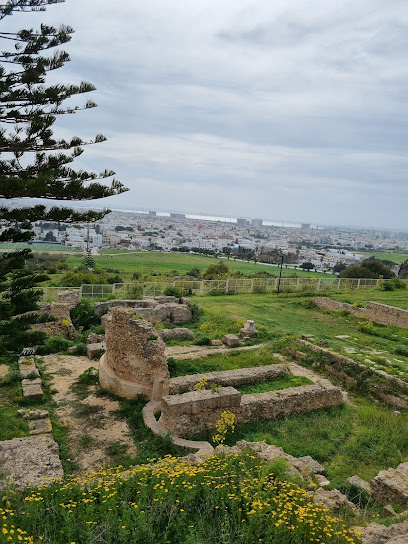
Unmissable attractions to see
Carthageland
Discover the thrills of Carthageland, Yasmine Hammamet's premier amusement park offering endless fun for families and thrill-seekers alike.
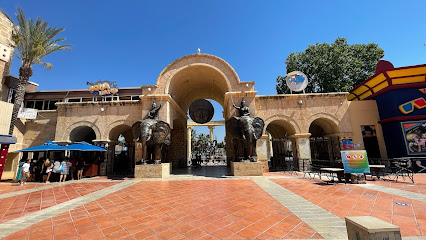
Baths of Antoninus
Experience the grandeur of ancient Rome at the Baths of Antoninus, an archaeological site where history meets breathtaking coastal views.
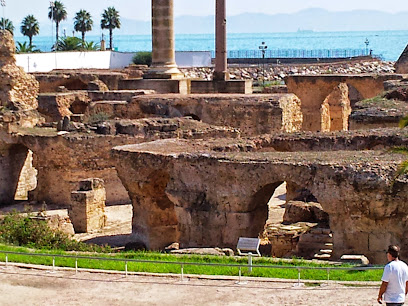
Carthage Land
Experience the exhilarating rides and cultural enchantment at Carthage Land, Tunis's premier amusement and water park.
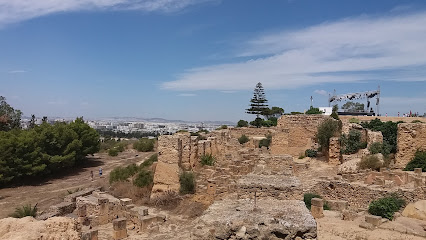
Punic Ports of Carthage
Explore the captivating history and stunning ruins of the Punic Ports of Carthage, a UNESCO World Heritage Site in Tunisia, where ancient maritime trade thrived.
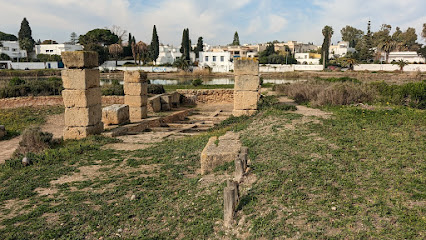
Carthage National Museum
Discover the captivating history of Carthage at the National Museum, home to extraordinary artifacts and rich cultural heritage.
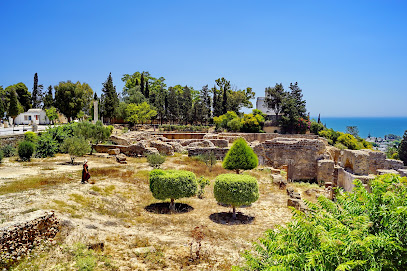
Les Ruines de Carthage
Unveil the ancient wonders of Carthage, a historical landmark full of captivating stories and breathtaking views of the Mediterranean.
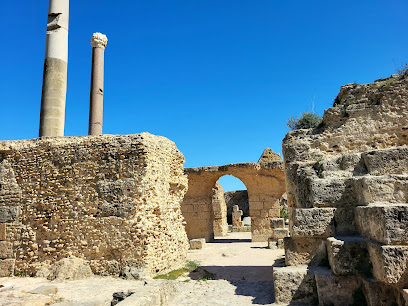
Roman Amphitheater in Carthage
Explore the grandeur of the Roman Amphitheater in Carthage, an ancient marvel showcasing the brilliance of Roman architecture and history.
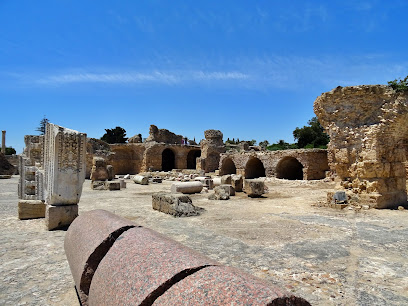
Archaeological site of Carthage
Explore the ruins of Carthage, a UNESCO World Heritage site, and immerse yourself in the rich history of this ancient Mediterranean civilization.
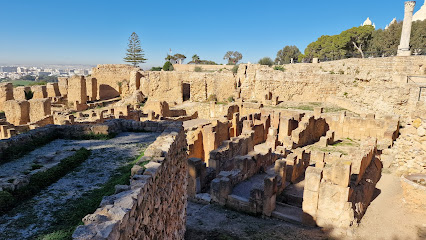
Sidi Bou Said Park
Embrace the beauty of nature at Sidi Bou Said Park, a serene haven overlooking the Mediterranean, perfect for relaxation and picturesque views.
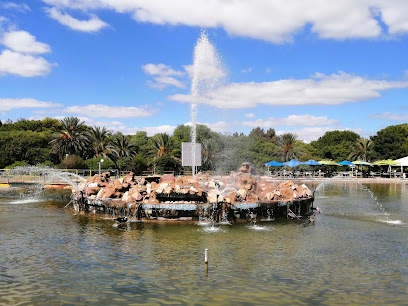
متنزه قرطاج
Explore the enchanting Metnzeh of Carthage, a state park offering a blend of natural beauty and ancient history for an unforgettable experience.
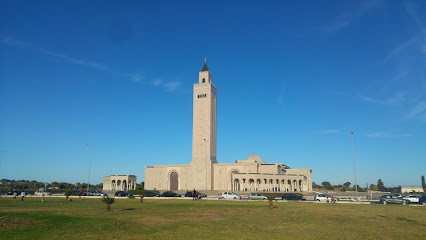
Baths of Gargilius
Explore the ancient grandeur of the Baths of Gargilius in Carthage, a historical landmark showcasing Roman architectural brilliance and cultural heritage.
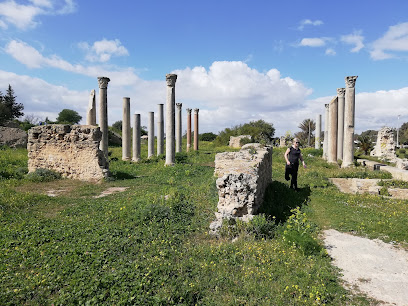
Essential places to dine
Au bon vieux temps
Discover authentic Tunisian cuisine at Au Bon Vieux Temps Bistro in historic Carthage, where flavor meets charm.
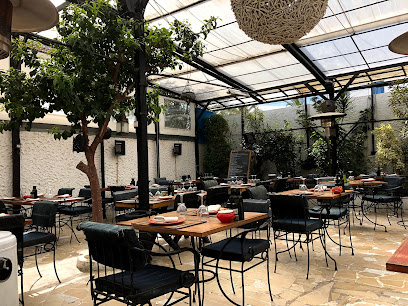
Les Indécis
Discover Les Indécis: A top-notch vegetarian restaurant in Tunis offering delightful dishes and an inviting atmosphere for all visitors.
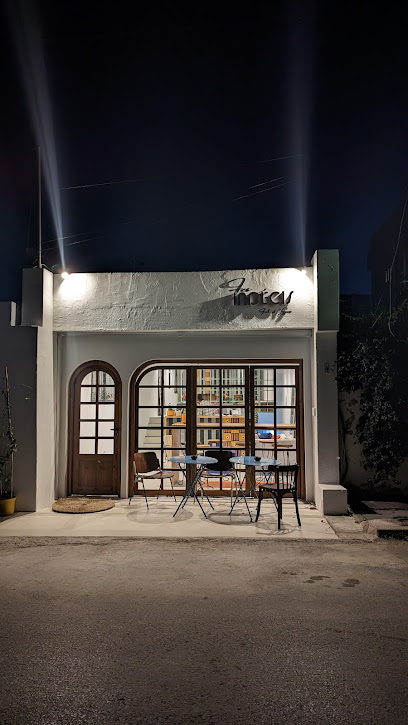
Le Chergui
Experience authentic Tunisian cuisine with stunning Mediterranean views at Le Chergui in historic Carthage.
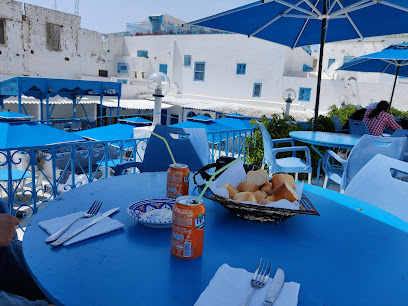
Amphitrite
Experience delightful Tunisian cuisine at Amphitrite in Carthage - where every meal tells a story.
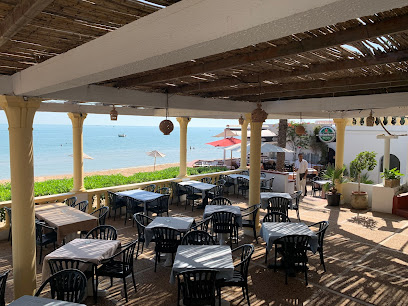
Le Paradis Des Saveurs
Experience authentic Tunisian cuisine at Le Paradis Des Saveurs in Carthage - a culinary journey not to be missed!
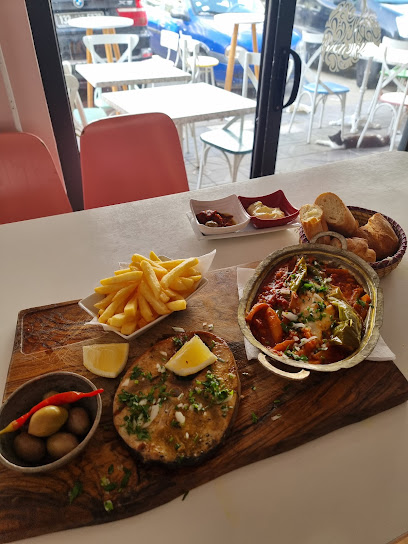
Restaurant Best Friend
Experience authentic Tunisian flavors at Restaurant Best Friend in Carthage - where culinary tradition meets modern dining in a historic setting.
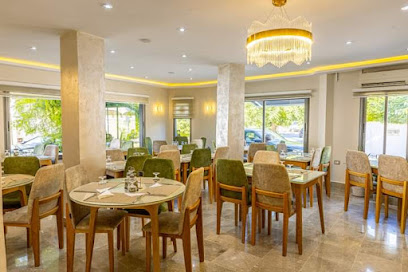
Restaurant El Bey
Experience the best of Tunisian cuisine at Restaurant El Bey in Carthage - perfect for families seeking authentic flavors and stunning views.
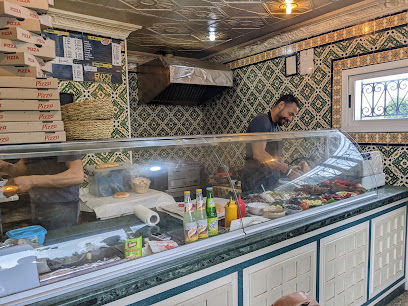
Chez Bent El-Haj
Experience authentic Tunisian cuisine at Chez Bent El-Haj in Carthage—where history meets flavor in every bite.
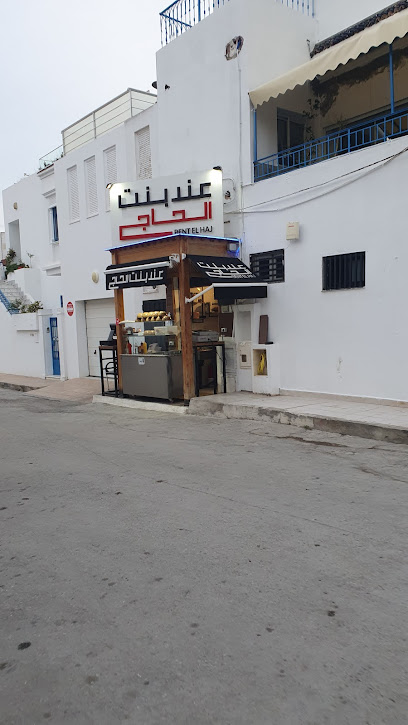
too much
Discover authentic Tunisian flavors at Too Much Restaurant in Tunis - where every meal tells a story of tradition and taste.
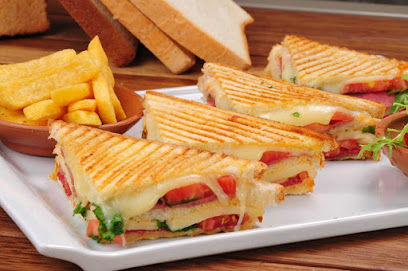
IJA COOL
Experience authentic Tunisian cuisine at IJA COOL in Carthage - where tradition meets flavor in every dish.
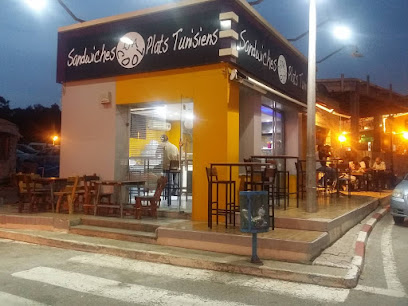
Markets, malls and hidden boutiques
Boutique D'artisanat
Discover the charm of Tunisian craftsmanship at Boutique D'artisanat in Sidi Bou Said—your destination for unique, handcrafted souvenirs.
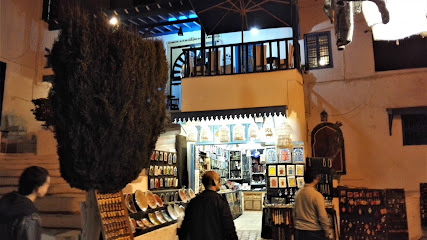
Senteurs safsaf
Explore Senteurs Safsaf in Carthage for unique Tunisian gifts, artisanal crafts, and exquisite perfumes that embody the spirit of Tunisia.

Fakharmouna_ceramiques boutique N16
Explore the exquisite world of handcrafted ceramics at Fakharmouna Boutique in Carthage, where tradition meets artistry.
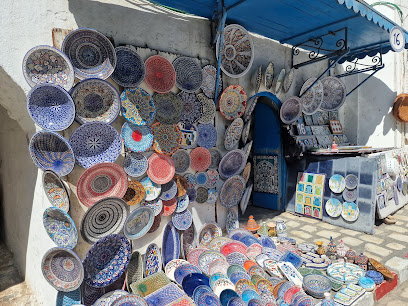
El Hanout
Explore El Hanout in Carthage for unique Tunisian gifts and handcrafted treasures that reflect the rich culture and artistry of the region.

Anoushka pop up store
Explore Anoushka Pop-Up Store in Carthage for unique, handcrafted gifts and a taste of Tunisian culture.
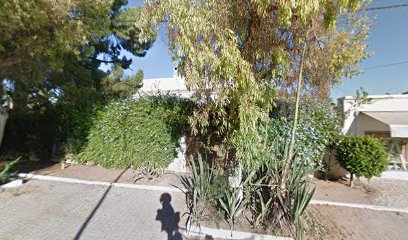
Boutique Deyma
Explore Boutique Deyma in Carthage for unique handcrafted treasures that embody the artistic heritage of Tunisia.
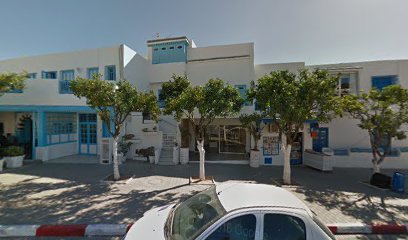
BLINGO
Discover unique Tunisian handicrafts and souvenirs at Blingo, a charming gift shop nestled in the historic site of Carthage.

Alyssa handcraft
Discover the charm of Tunisian craftsmanship at Alyssa Handcraft, a boutique offering exquisite handmade treasures in the heart of Carthage.
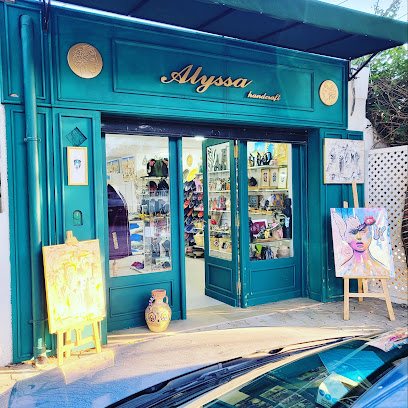
Gallerie belle art
Explore the artistic treasures of Gallerie Belle Art in Carthage, where local craftsmanship meets cultural heritage in a stunning gift shop.

Nathalie
Discover unique local craftsmanship at Nathalie Boutique in Carthage, where history and artistry come together for an unforgettable shopping experience.

Essential bars & hidden hideouts
Le Carpe Diem - Tunis
Experience vibrant nightlife at Le Carpe Diem in La Marsa with live music, exquisite cocktails, and delicious tapas in a lively atmosphere.
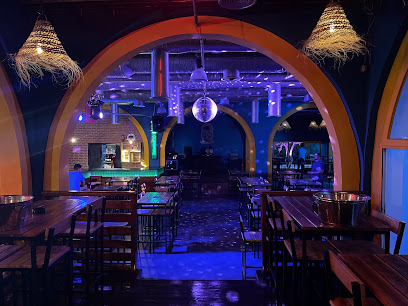
The Phoenix Club - Karthago
Discover authentic Tunisian flavors at The Phoenix Club in Karthago, where culinary tradition meets vibrant dining.

Les Indécis
Discover the culinary wonders of Les Indécis in Tunis, where traditional flavors meet modern cuisine in a cozy and inviting atmosphere.
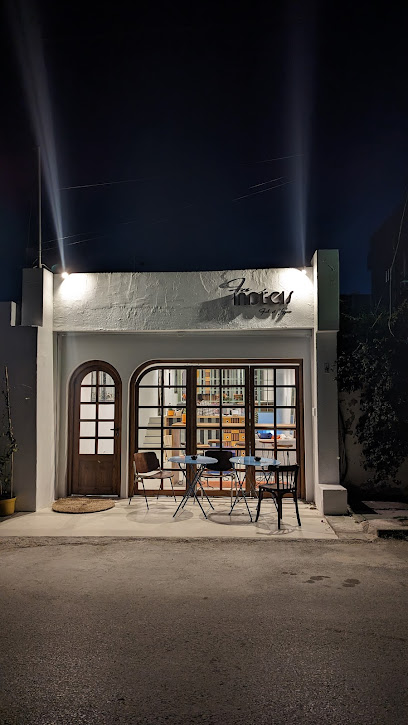
Restaurant Le Punique
Experience the authentic flavors of Tunisia at Restaurant Le Punique, where culinary tradition meets a stunning Carthaginian backdrop.
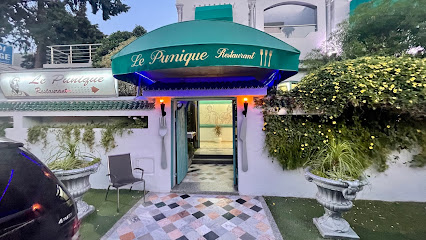
Amphitrite
Experience the flavors of Tunisia at Amphitrite, a welcoming restaurant in Carthage with stunning views and a menu celebrating local cuisine.
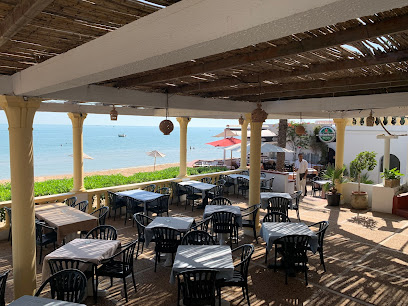
Don PaPa
Discover vibrant nightlife at Don PaPa in Golf de Carthage, Tunis - a lively bar offering local drinks and a welcoming atmosphere.
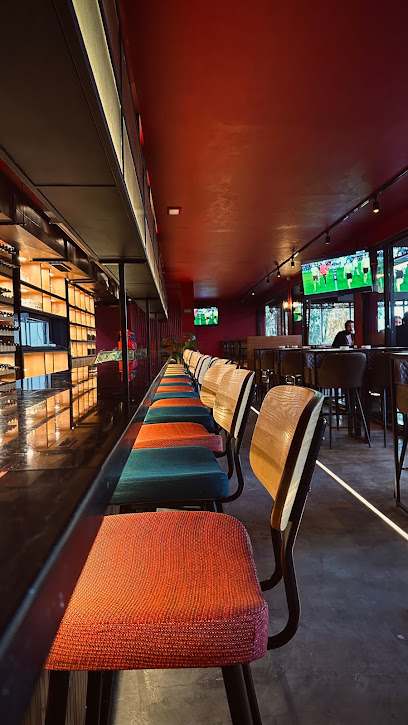
Bar Ezzit
Discover the flavors of Tunisia at Bar Ezzit, a delightful restaurant in Carthage serving authentic Tunisian cuisine in a cozy atmosphere.
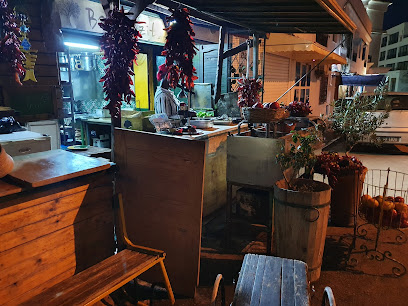
Breath - Salad Bar
Discover fresh and healthy dining at Breath - Salad Bar, nestled in the historic beauty of Carthage, Tunisia.
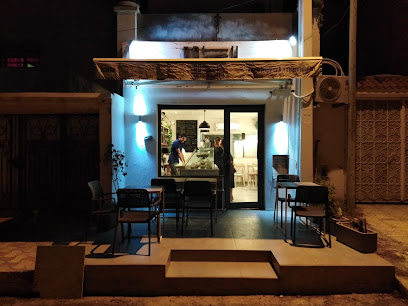
Le Perchoir
Discover the stunning views and vibrant atmosphere of Le Perchoir, the ultimate lounge experience in the historic city of Carthage.
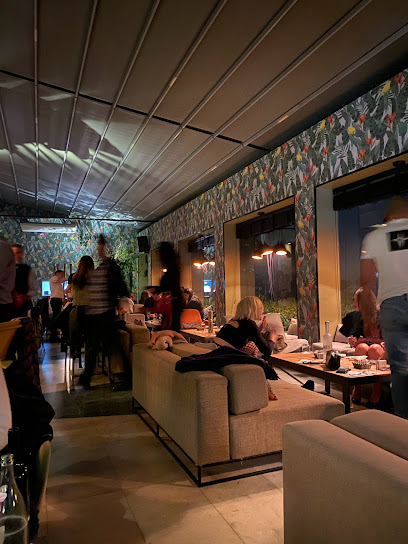
SidiBou Sky
Experience breathtaking views of the Mediterranean at Sidi Bou Sky, the perfect bar for relaxation and vibrant socializing in Sidi Bou Said.
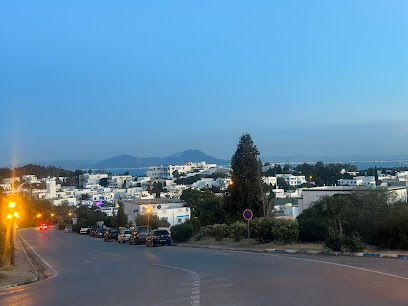
Local Phrases
-
- Helloمرحبا
[Marhaba] - Goodbyeوداعا
[Wada'an] - Yesنعم
[Naam] - Noلا
[La] - Please/You're welcomeمن فضلك/على الرحب والسعة
[Min fadlik/Aala ar-rahb was-sa'ah] - Thank youشكرا
[Shukran] - Excuse me/Sorryعذرا
[A'ithrana] - How are you?كيف حالك؟
[Kayfa haluk?] - Fine. And you?بخير. وأنت؟
[Bikhayr. Wa anta?] - Do you speak English?هل تتحدث الإنجليزية؟
[Hal tatahadath al-inglizia?] - I don't understandأنا لا أفهم
[Ana la afham]
- Helloمرحبا
-
- I'd like to see the menu, pleaseأريد أن أرى القائمة، من فضلك
[Ureed an ara al-qaimah, min fadlik] - I don't eat meatأنا لا آكل اللحم
[Ana la akul al-lahm] - Cheers!في صحتك!
[Fi sahtak!] - I would like to pay, pleaseأريد أن أدفع، من فضلك
[Ureed an adfaa, min fadlik]
- I'd like to see the menu, pleaseأريد أن أرى القائمة، من فضلك
-
- Help!النجدة!
[Al-najdah!] - Go away!انصرف!
[Ansarf!] - Call the Police!اتصل بالشرطة!
[Itsal bil-shurtah!] - Call a doctor!اتصل بطبيب!
[Itsal bitabib!] - I'm lostلقد ضللت الطريق
[Liqad dalalt at-tariq] - I'm illأنا مريض
[Ana mareed]
- Help!النجدة!
-
- I'd like to buy...أريد شراء...
[Ureed shira...] - I'm just lookingأنا فقط أتطلع
[Ana faqat atatalla] - How much is it?كم سعره؟
[Kam siroh?] - That's too expensiveهذا غالي جدا
[Hatha ghali jiddan] - Can you lower the price?هل يمكنك خفض السعر؟
[Hal yumkinuk khafez al-siroh?]
- I'd like to buy...أريد شراء...
-
- What time is it?كم الساعة؟
[Kam as-sa'ah?] - It's one o'clockالساعة الواحدة
[As-sa'ah al-wahidah] - Half past (10)الساعة العاشرة والنصف
[As-sa'ah al-ashirah w-an-nisf] - Morningالصباح
[As-sabah] - Afternoonالظهر
[Adh-dhuhur] - Eveningالمساء
[Al-masa] - Yesterdayأمس
[Ams] - Todayاليوم
[Al-yawm] - Tomorrowغدا
[Ghadan] - 1واحد
[Wahid] - 2اثنان
[Ithnan] - 3ثلاثة
[Thalatha] - 4أربعة
[Arba'a] - 5خمسة
[Khamsa] - 6ستة
[Sitta] - 7سبعة
[Sab'a] - 8ثمانية
[Thamania] - 9تسعة
[Tas'a] - 10عشرة
[Asharah]
- What time is it?كم الساعة؟
-
- Where's a/the...?أين...
[Ayna...] - What's the address?ما هو العنوان؟
[Ma huwa al-alamat?] - Can you show me (on the map)?هل يمكنك أن تريني (على الخريطة)؟
[Hal yumkinuk an tarini (ala al-kharitah)?] - When's the next (bus)?متى يأتي الحافلة التالية؟
[Mata ya'ati al-hafila at-taliyah?] - A ticket (to ....)تذكرة (إلى ...)
[Tathkira (ila ...)]
- Where's a/the...?أين...
History of Carthage
-
Carthage was founded in the 9th century BCE by Phoenician settlers from Tyre, who established it as a trading post. Its strategic location on the Mediterranean coast allowed it to become a dominant power in the region, facilitating trade routes that connected North Africa with Europe and the Middle East.
-
During the 6th and 5th centuries BCE, Carthage grew into a powerful city-state, establishing a vast empire that included territories in North Africa, Sicily, and parts of the Iberian Peninsula. This period saw significant developments in agriculture, commerce, and military prowess, with Carthaginian ships dominating Mediterranean trade.
-
Carthage's rivalry with Rome led to the series of conflicts known as the Punic Wars (264-146 BCE). The most notable of these was the Second Punic War, where Hannibal Barca famously crossed the Alps with his army. Despite early victories, Carthage ultimately succumbed to Roman forces, leading to its destruction in 146 BCE.
-
After the fall of Carthage, the Romans rebuilt the city, which became the capital of the Roman province of Africa. Roman Carthage flourished, showcasing impressive architecture such as the amphitheater, baths, and temples. It became one of the most important cities in the Roman Empire, a hub for trade and culture.
-
Following the decline of the Roman Empire, Carthage faced invasions and eventual abandonment. The site was later inhabited by various cultures, including the Byzantines and Arabs. Today, the ruins of ancient Carthage, a UNESCO World Heritage Site, reflect its storied past, with remnants of Punic, Roman, and early Christian architecture, symbolizing its historical significance in Tunis and the broader region.
Carthage Essentials
-
Carthage is easily accessible from central Tunis. You can take the Tunis Metro from the Tunis city center to Carthage, which is approximately a 20-minute ride. The closest metro station is Carthage Salambo. Alternatively, taxis and ride-sharing services are available and provide a convenient option for direct transport. If you are coming from the Tunis-Carthage International Airport, a taxi ride will take about 15 minutes.
-
Carthage is relatively small and best explored on foot. However, the Tunis Metro and local buses can also be used to navigate between various sites. The metro service is efficient, and buses are frequent. For those who prefer cycling, bike rentals are available, allowing you to enjoy the scenic coastal routes.
-
Carthage is generally safe for tourists, but it is wise to remain vigilant. Avoid walking alone late at night, especially in poorly lit areas. While crime rates are low, petty theft can occur in crowded places. Areas near the ruins may attract pickpockets, so keep your belongings secure.
-
In case of emergency, dial 197 for police assistance or 190 for medical emergencies. The nearest hospital is located in Tunis. It is advisable to have travel insurance covering medical emergencies. Pharmacies are available for over-the-counter medications and minor health issues.
-
Fashion: Do dress modestly, especially when visiting religious sites or local homes. Avoid wearing revealing clothing. Religion: Do respect local customs and traditions, such as removing shoes when entering mosques. Public Transport: Do be courteous on public transport. Don't eat or drink on buses or the metro. Greetings: Do greet with a polite 'As-salamu alaykum' (peace be upon you). Don't engage in overly familiar gestures unless you know the person well. Eating & Drinking: Do try local dishes, especially seafood. Don't waste food, as it is considered disrespectful.
-
To experience Carthage like a local, visit the vibrant markets where you can find fresh produce and local crafts. Engage with local artisans, as they are often willing to share insights about their craft. Don't miss the opportunity to enjoy a meal at a local café, where you can try traditional dishes like brik or tagine. Take time to explore the lesser-known ruins and soak in the historical atmosphere without the crowds.
Nearby Cities to Carthage
-
Things To Do in Hammamet
-
Things To Do in Bizerte
-
Things To Do in Sousse
-
Things To Do in Monastir
-
Things To Do in Annaba
-
Things To Do in Sfax
-
Things To Do in Palermo
-
Things To Do in Constantine
-
Things To Do in Djerba
-
Things To Do in Xlendi
-
Things To Do in Marsalforn
-
Things To Do in Gozo
-
Things To Do in Xaghra
-
Things To Do in Xewkija
-
Things To Do in Mellieha













